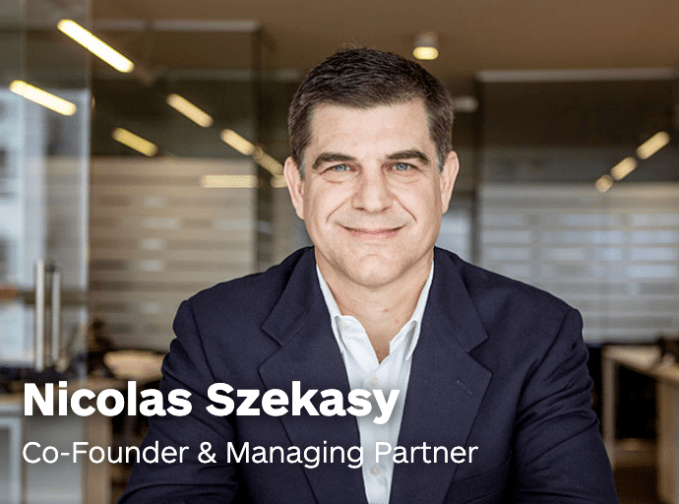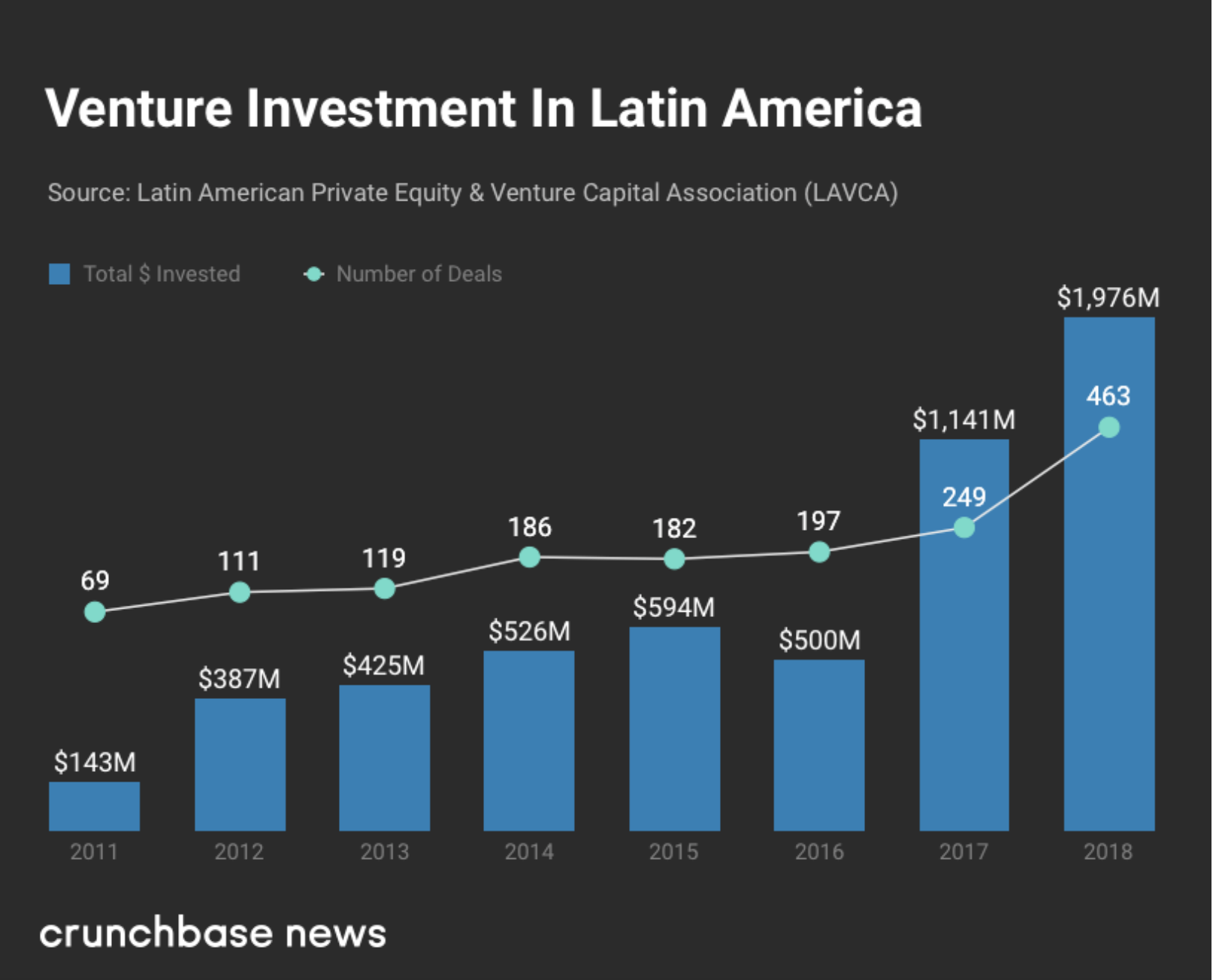Plex is launching its own ad-supported video service, starting with content from Warner Bros. TV
Streaming media company Plex this morning announced it will begin to offer ad-supported video, including movies and TV, by way of a new content agreement with Warner Bros. Domestic Television Distribution. Though Plex has more recently expanded into new areas beyond organizing home media — including streaming TV and cloud DVRs, streaming music by way of a TIDAL partnership, podcasts, news and more — this new deal represents the first time that Plex has ever offered ad-supported content on its service that will benefit its bottom line.
At the Consumer Electronics Show in January, TechCrunch broke the news that Plex was preparing to move into the ad-supported movies market.
The company at the time said it was in discussions with various rights holders and content providers, including premium networks, to bring more streaming video to its platform. Its model would be similar to Roku’s The Roku Channel, in that it would start with free, ad-supported movies and TV, then add in more content, which may at some point include subscriptions, in the future.
Plex was unable to say how many movies and TV shows would be coming to Plex users, nor could it offer a sampling of titles due to the nature of its contracts with Warner Bros. But it will have more to share on this front as the offering gets closer to launch, later this year.
The company will use SpotX for programmatic ads, with more ad sales capabilities to roll out in the future. The revenue from the ad sales will be on top of what Plex already makes from its premium feature set, by way of its Plex Pass subscriptions.
Also still in the works is how, exactly, the free movies and TV will be surfaced in the Plex user interface. Today, Plex has a left-hand side menu navigation where “online content” can be found, like TIDAL, news, podcasts, and web shows. This would be a likely destination to add the new AVOD (ad-supported video on demand) collection, but Plex may instead decide to redesign parts of its interface.
The movies and TV shows will be available to the millions of Plex users in the U.S., not just subscribers. But its larger AVOD service, which will eventually be expanded, will be global in nature.
Today, Plex has grown to around 20 million users, but it doesn’t say how many are paying customers.
“Plex has always been about solving new media challenges, and our mission is to tame the growing chaos in the media landscape,” said Keith Valory, CEO of Plex, in a statement about the launch. “Licensing these movies from Warner Bros. enables us to offer more types of third-party content than any other platform and bring it all together in one beautiful solution. Premium ad-supported movies and shows deserve first-class treatment alongside other content that consumers enjoy daily, as opposed to being orphaned in yet another stand-alone app.”







